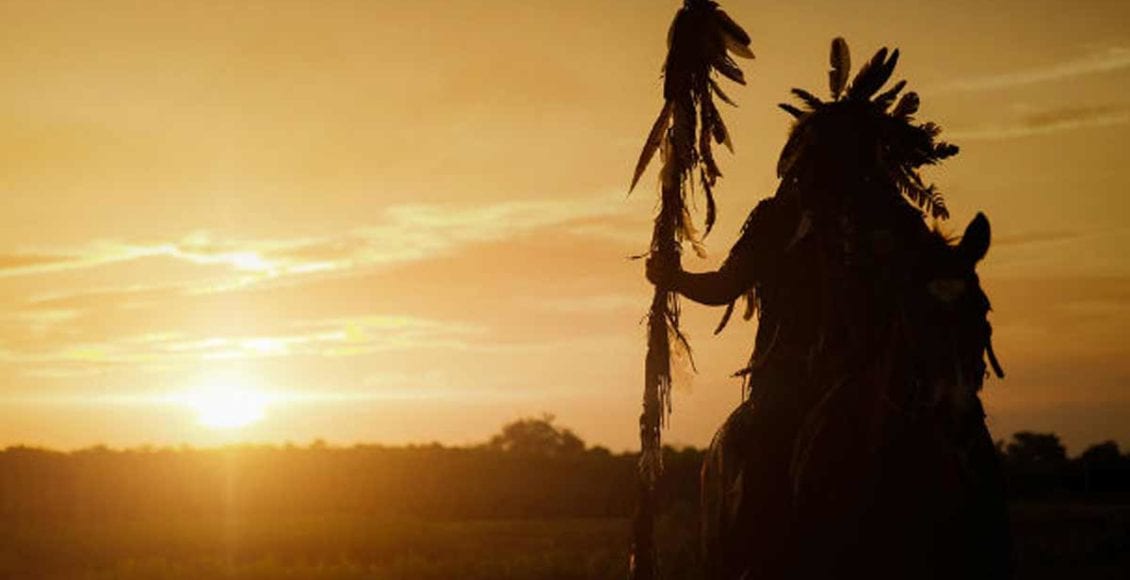“I was not ladylike, nor was I manly. I was something else altogether. There were so many different ways to be beautiful,” wrote Michael Cunningham.
Our gender identity should not be the thing that makes us who we are – and yet, it cuts to the core of our identity.
The modern conception of gender can be both confusing and liberating. On the one hand, our world is discovering infinite ways to be beautiful. Where there used to be a dichotomy, there is now a spectrum. Black and white have parted to reveal not only thousands of shades of gray, but also vibrant reds and yellows and blues and even purples. The human race seems at last to be evolving.
What feels like a new way of thinking, however, is actually anything but. In fact, before Europeans established Puritanical values in America, the Native American people had a much more highly developed system of categorizing gender.
They connected masculinity and femininity more to the spirit than to the biological form. As such, they were able to recognize five genders rather than limit themselves to two.
In addition to the conventional male and female, the Native American people also recognized Two Spirit female, Two Spirit male, and Transgendered identities. Each tribe has their own word for these gender variants, but the concept remains the same throughout the Native American community.
This kind of thinking was indicative of the way Native American culture functioned in that it placed value on tribal members based on their contributions, rather than their sexuality.
Parents did not raise their children according to strict gender roles and expectations as the European settlers did. Love between two people in this society was a natural act. There was no sense of moral stigma associated with love and sexuality. The judgements and status symbols associated with the European ideas of sex and marriage simply did not apply here.
There was also no violence of discrimination against homosexuals in this society, because there was no reason to fear them. There was no moral repulsion attached to the concept of gender or the act of love. People of every gradient of gender were understood and accepted – even celebrated.
According to Indian Country Today, “The Two Spirit people in pre-contact Native America were highly revered and families that included them were considered lucky. Indians believed that a person who was able to see the world through the eyes of both genders at the same time was a gift from The Creator. Traditionally, Two Spirit people held positions within their tribes that earned them great respect, such as Medicine Men/Women, shamans, visionaries, mystics, conjurers, keepers of the tribe’s oral traditions, conferrers of lucky names for children and adults (it has been said that Crazy Horse received his name from a Winkte), nurses during war expeditions, cooks, matchmakers and marriage counselors, jewelry/feather regalia makers, potters, weavers, singers/artists in addition to adopting orphaned children and tending to the elderly. Female-bodied Two Spirits were hunters, warriors, engaged in what was typically men’s work and by all accounts, were always fearless.”
People simply were who they were – and they loved who they loved.
Naturally, the patriarchal and puritanical settlers were both frightened and offended by this notion. Power, wealth, and influence were rights reserved exclusively for the men of this society. To blur the lines of masculine identity was to threaten their very way of life.
As such, these early European settlers were brutal and intentional in ending the native concept of gender diversity.
Imagine if they hadn’t been. How might our lives have been different?



